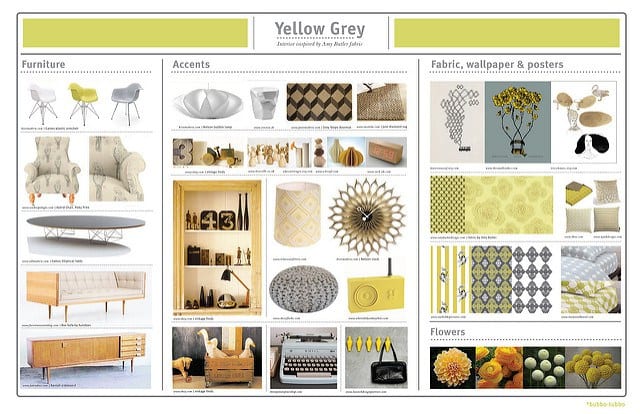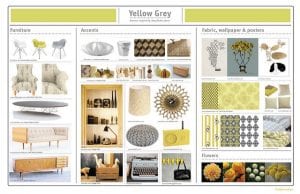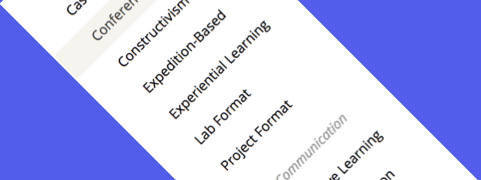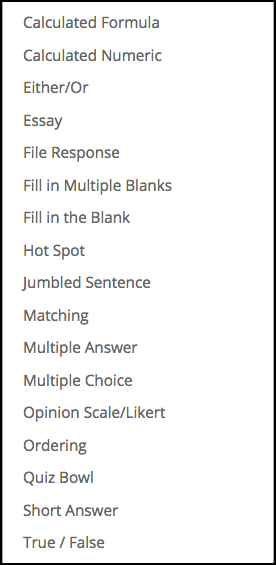The new academic session is almost upon us, modules have been rolled over and Blackboard, aka My Dundee, has gone through an upgrade cycle. One thing you’ll notice is that following this summer’s upgrade we’ve also given My Dundee a bit of a makeover giving it a fresher, cleaner theme. We’ll also be continuing, behind the scenes, to make further improvements to various aspects of the My Dundee online experience over the coming months.
Following up on the theme of improving the online learning experience our 2017/18 Learning X season kicks off this week with ‘Module Makeover’. Over the next 5 days we hope to provide you with some helpful tips as you get your modules ready for the new semester. We’ll also put the spotlight on some of the tools in Blackboard and perhaps inspire you to try something new. On Wednesday 9th August you can also drop in to to the Eduzone between 10.00 and 12.00 hrs for our module makeover workshop where we’ll look more at getting your module ready for the new semester.
To get us started we’re going to think about a VLE module checklist. Many UK Universities have policies in place outlining the minimum requirements in terms of the information a student can expect to find in the virtual learning environment (VLE). These minimum requirements don’t tend to be lengthy lists but rather a short set of criteria relating to module administration, content and assessment. Let’s take a look at the sort of things that might be considered as minimum or standard feature of a module in My Dundee.
It maybe that your School or Programme have one of these sorts of checklists already in place. However, even if that’s the case it’s useful to review your checklist from time to time and see if there’s anything that can be added whilst casting a reflective eye over how you present your module online. Presenting key module information in an accessible way can help save time for students and staff. Here are a few things to think about as you refresh your module for the start of the new semester.
Welcome Message
Students will be checking the VLE before they come back to the campus so it’s good to have a welcome message to the new year and your module. The same applies to distance learning students who won’t see you in the flesh but will still get a sense of being welcomed to the University. You could write your welcoming message and post with a photo of yourself, record a video using your webcam or an audio podcast. These are all great ways to help students make that initial connection with you, particularly if they are new students.
Introduce the teaching team
Students also find it helpful to be introduced to the teaching team for a module. So here a photograph of the module lead and other lecturers involved in the course together with information about how you can be contacted is always helpful. It can also be useful to mention something about expectations in terms of turnaround in responding to emails etc.
It’s also worthwhile introducing the admin team who support your module as students are likely to have interaction and communications from them and it’s always good to be able to put names to faces.
Module information
If you already have a module checklist, information on the module is likely top of the list.
Module Handbook – This is going to be the cornerstone of the module and you might present this in different ways. Some modules create a Blackboard ‘Learning module’, but most typically the module handbook will be uploaded to My Dundee as a Word or PDF document. Some Schools are sharing core module information and documents through Box and sharing the folder link in My Dundee. The advantage here is that you can update modules without the need to keep replacing documents in the VLE. You can also use One Drive which forms part of Office 365 to do a similar thing. You can simply create a Group in Office and share files with your students and have a link from My Dundee.
Module at a Glance – In the module information section have a think about the common things students always miss. Would it might be worthwhile producing something like a ‘Module at a Glance’ in the form of one side of A4 or as an infographic summarising the important things students need to remember or know. You could even involve students in creating one of these. On a similar theme you could involve students in making similar summaries of infographics around key learning opportunities in the module and how to get the most out of it.
Response to Feedback – Finally in this section think about whether you want to communicate any changes you’ve made to the module based on student feedback from the last run. In effect a ‘you said, we did’ piece that highlights changes you’ve made to enhance the module based on student feedback.
Assessment
Students like to have clear information on how they are going to be assessed so this is an important section. Double check that submission dates and deadlines have been updated from last year. If students can receive formative feedback on drafts prior to submission outline the process for this.
Content
Your content section will build up once the teaching starts but as you start to pre-populate with lecture notes and handouts double check the copyright status of content you’re reusing from other sources and that web links have been checked and still work. If you need advice on digitising content then be in touch with the Library. Also remember to update your reading list, here again the Library can provide guidance and support and information.
This isn’t an exhaustive list but hopefully it will get you thinking. The likelihood is the there are things you’ll feel are essential that haven’t been covered here. If that’s the case please do share your thoughts in the comments. If you’re a student reading this we’d also welcome your views on what you think is essential to include in a module in My Dundee.
If you have a module checklist, take time to review it, are there things that you could add to help your students?
If you don’t currently have a checklist take a look at some of these examples of minimum requirements from other Universities as a starter for ten to help inform the creation your own checklist.
- For a quick overview of what sort of things other universities have in their minimum requirements take a look at this Google Doc which, Peter Reed invited colleagues across the UK HEI sector to contribute to whilst he was working at Liverpool and doing a research audit in this area. If you’re short on time this provide’s a helpful bird’s eye view.
- York St John University uses Moodle rather than Blackboard and has a comprehensive set of Minimum Expectations for each module. These cover course layout and design, support for learners, communication and assessment.
- The University of South Wales has a downloadable one page Checklist for Course Leaders.
- The University of Leeds School of Mathematics has a discipline specific set of requirements that could serve other disciplines and highlights the need to link to University policies that are relevant to students.
- The University of Newcastle has a VLE threshold standard. This document is longer than the others but provides an interesting insight into their approach.
In some cases other universities have developed these minimum requirements based on feedback from their students.
Think about how you can get feedback from your students regarding the online layout of your module and the information that’s available and presented. Ask them if they might have suggestions of how the module can be enhanced. Is there key information that’s missing? Do your students get a consistent experience across the modules in your programme?
A final thing to consider in your checklist is how easily accessible the key information is to your students and fellow staff. Here have a think about the course navigation.
One of the complaints about My Dundee is the endless number of clicks it takes to get to key information. Sheffield University makes a suggestion that lectures should aim to have course information no more than three clicks away for students. Again this is something you could ask students to provide feedback or you could peer review each others modules.
Share your thoughts on what you think needs to be included as standard in each module in the VLE in the comments section. Are there things that we’ve missed?
Peter Reed who used to work at the University of Liverpool led a piece of work on minimum VLE requirements across UK Universities. He found that drivers for these requirements came from both universities centrally as well as from the student voice. The slideshare presentation below provides a helpful summary of his work. If you’re interested in reading more take a look at Peter’s blog post ‘Sector-wide subscription to VLE minimum standards‘ or his paper, in the journal eLearning and Digital Media, on his research with VLE mimim requirements at Liverpool – Hygiene factors: Using VLE minimum standards to avoid student dissatisfaction.
One of the suggestions in the first section of today’s session is to think about the potential of creating an infographic summarising key module information. Infographics are an effective way to communicate information that can on the surface appear complex and there are various tools that you can use to help you create them. Two that are worth checking out that support free accounts are
If you try them out and produce a nice graphic please share the link with us via the comments section.













